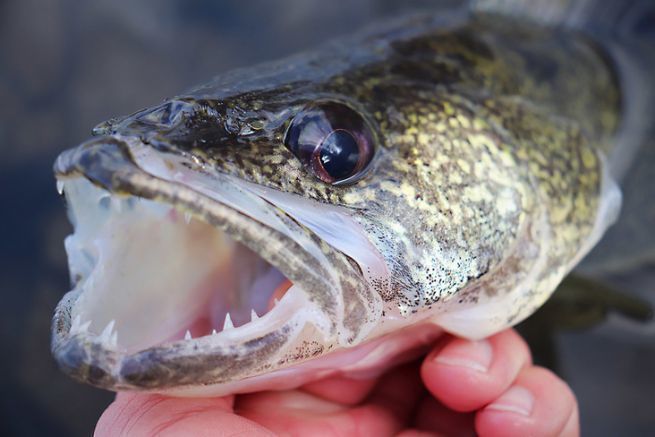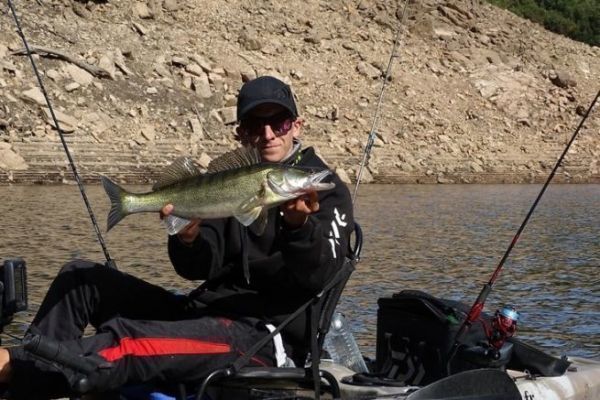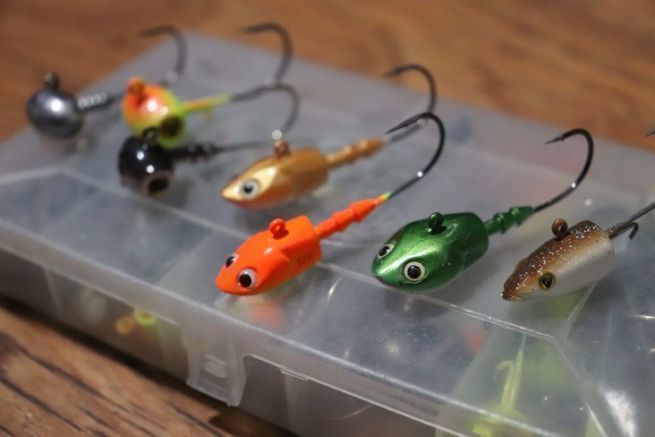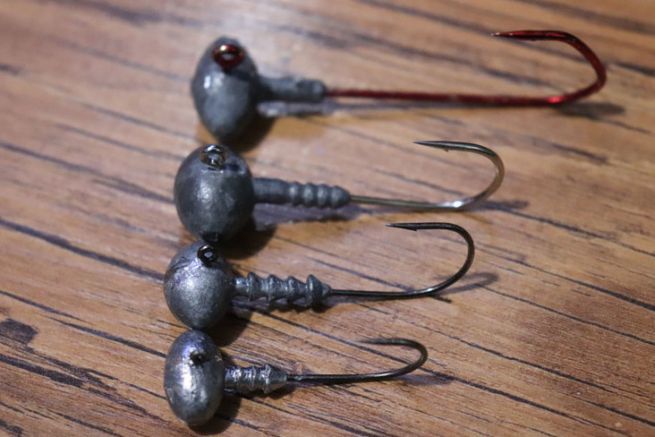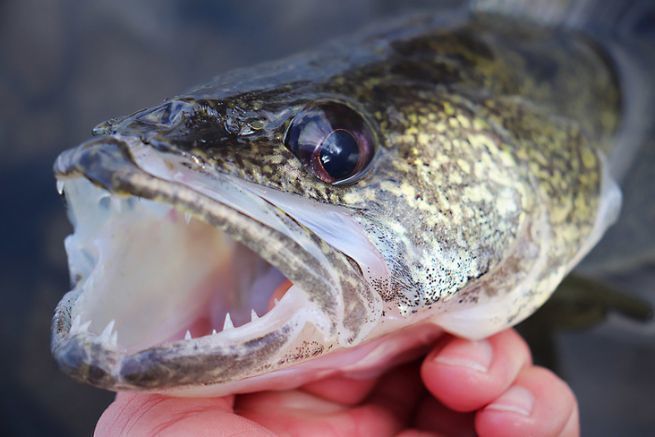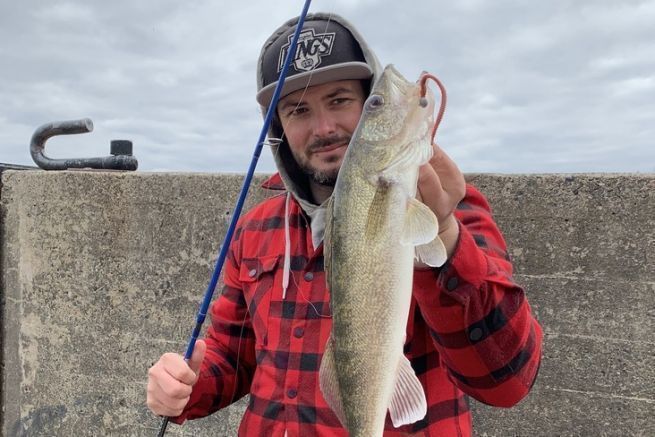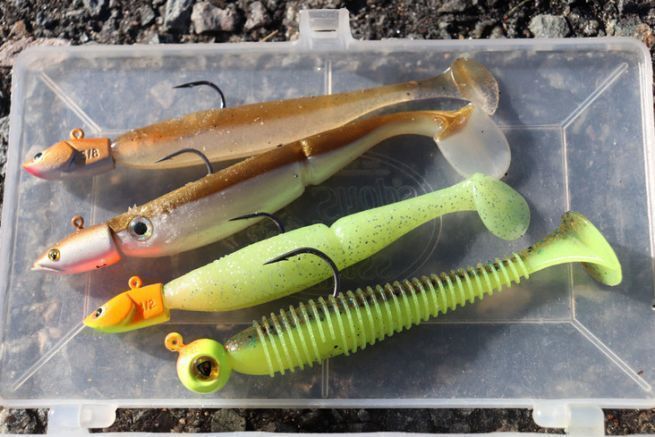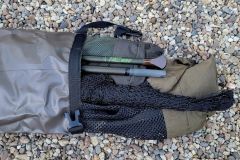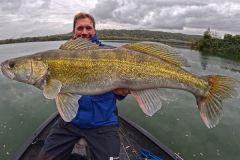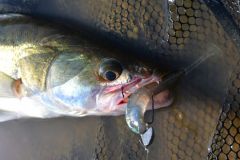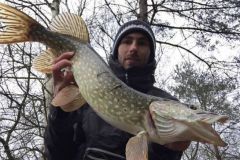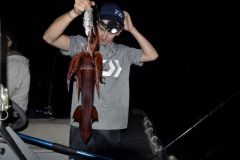Leading the fight
In a subtle way, with experience and the use of accurate rods, it is possible to feel the different ways in which fish catch the lure or fight, such as the difference between the suction of a zander, a sea bass or a pike. In the case of a pike, which is not one of the species we generally look for in vertical fishing, you need to reel it in as quickly as possible to avoid having your leader cut.

On the other hand, in the case of pike-perch or perch, you need to loosen the drag to avoid unhooking these types of fish, which have a fragile mouth and can more easily let the hook out the next time it is pricked. In all cases, of course, the fish must be reeled in appropriately, so as not to inflict any further injury than that caused by the hook.
Proper shoeing
Through this notion of accurately identifying bites, it's possible to select species and not hook them all, hoping that the fish won't bite the hook, even if this may seem risky. For example, if the area you're fishing has a lot of carp, which in winter will not hesitate to gobble up the lures, it's justified not to hook them. The same applies to catfish: even if these fish are exciting to catch, 10 to 30 minutes of fighting, with unsuitable equipment, when pike-perch activity periods are short, is not what you want.
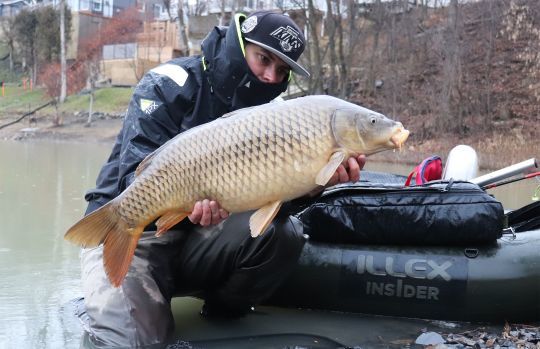
On the other hand, small bites caused by perch or small pike-perch should not cause you to strike in a vacuum. Furthermore, you need to be able to distinguish between a fish gobbling the lure and the lure hitting a fish or an obstacle. In the latter case, you must not strike the lure, as you run the risk of harpooning a fish or plunging the hook deep into the obstacle, thus losing the lure.
Read echo sounder
Last but not least, the echo sounder provides valuable information on the fish under the boat. Large white fish, such as carp, are easily differentiated from catfish or groups of small fish. This gives an idea of which species are likely to bite, and whether or not to continue fishing the area.

 /
/ 